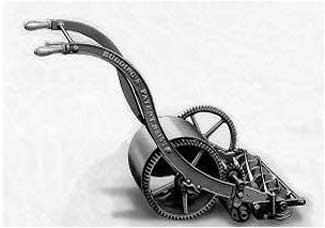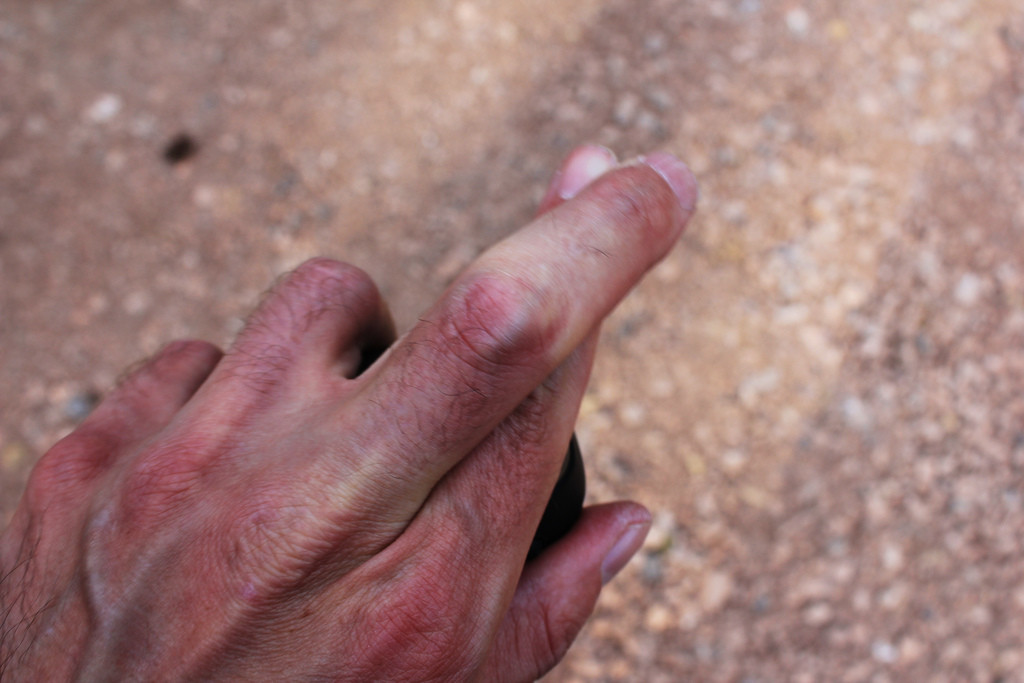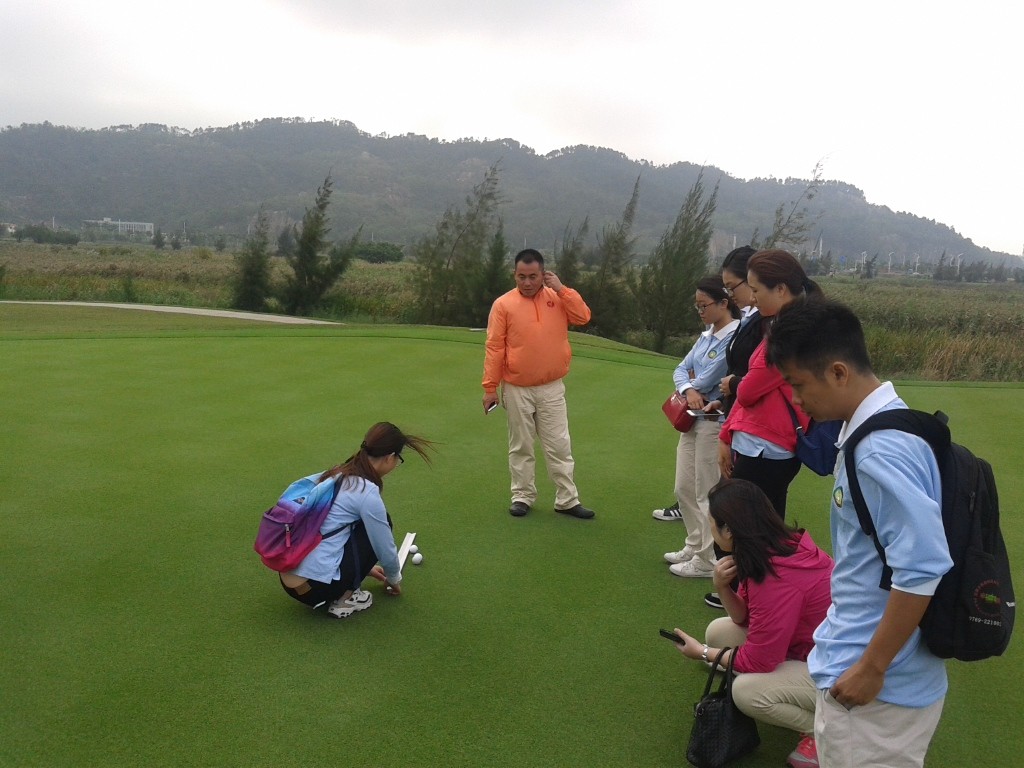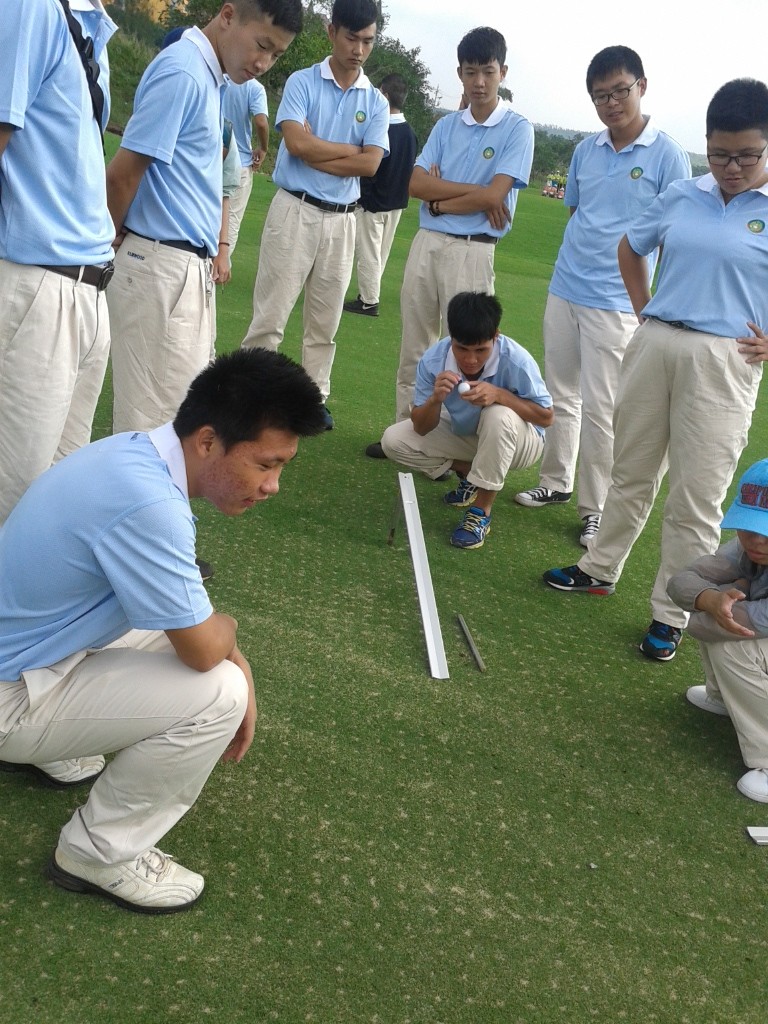Common sense greenkeeping doesn't always prevail against the huge pressure piled on greenkeepers and bowls clubs to try new products and techniques. The renovation and maintenance of bowls greens for high performance needn't be so complicated.


Common sense greenkeeping doesn't always prevail against the huge pressure piled on greenkeepers and bowls clubs to try new products and techniques. The renovation and maintenance of bowls greens for high performance needn't be so complicated.

Greenkeeping despair is a result of bowling clubs being in a continual quest for the perfect green...overnight. This causes clubs to make the most irrational and expensive decisions on greenkeeping and green development. An endless parade of experts with increasingly outlandish claims and products besets clubs up and down the UK. The answer, on the other hand, is grounded in long lost common sense greenkeeping and consistency of approach.

I promised a new book on how to objectively measure bowling green performance would be published here in late November 2015, but my work in China got in the way and now the book has grown in stature with much more detailed technical information informed by my teaching in November. The tyre lever and the golf ball will teach you what you need to know to achieve Firm, fast and smooth bowling greens in 2016 and beyond.

Bowling green smoothness and trueness are measurable concepts and the data can be used to ensure that the ideal maintenance program is followed to make your green perform to previously unattained levels of excellence.

We often find bad runs on rinks or bad rinks on greens and we can guess or hypothesise as to the causes of these effects, but at many clubs the science stops there and they reach for the top-dressing. Given that we have seen the negative side of making greens too sandy, shouldn't we explore the possibility of a different answer to the apparent overnight appearance of bad areas on greens?